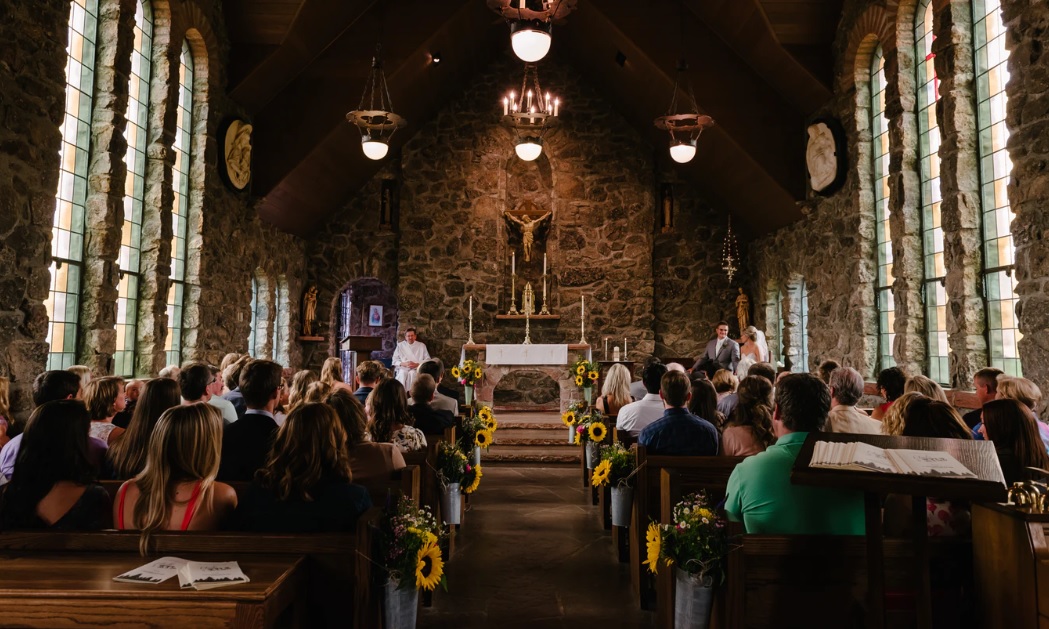Today a popular model for the Church in the West centers around a big church, at times with campuses here and there in the same region. Physical facilities of course are required in each location. Two things immediately stand out in this model: 1) a very small group of leaders headed by a sometimes well-known Senior Pastor, and 2) a high overhead necessary to operate the church—especially paying the rental or mortgage for the facility.
There are accompanying drawbacks to the current model:
- the impossibility of discipling all the believers until we “all reach unity in the faith and in the knowledge of the Son of God and become mature” (Ephesians 4:13).
- The pressure of taking tithes and offerings every Sunday—in order to pay the considerable bills. This involves doing whatever it takes to keep the people coming every Sunday with their offerings.
Because of 1), we end up with a model of church structure similar to that of the Nicolaitans (Revelation 2 & 3) in which a small group of seminary-trained, ordained professional clergymen minister to (and essentially rule over) masses of mostly “untrained” laypeople. While the masses are indeed taught the Word of God, under today’s model of church they will never (with very few exceptions) mature to the level of the professional clergymen—let alone mature and transformed to become like our Lord Jesus Christ.
2 Corinthians 3:18 And we all, who with unveiled faces contemplate the Lord’s glory, are being transformed into his image with ever-increasing glory, which comes from the Lord, who is the Spirit.
Due to 2), moreover, many pastors are under unpleasant pressure to receive enough in offerings to pay the bills, of which a significant percentage are operating costs for the facility. Staff salaries must also be paid. Some congregations want to expand their facility or build a new one.
There is a way to avoid these two drawbacks. We simply return to the New Testament—where there is actually no mention of church buildings or facilities as are so very prevalent today in the West.
When instead the Church meets exclusively in small groups in intimate settings in homes—as in house churches—every believer can have an opportunity to be trained to become a leader and to serve. They will eventually be encouraged to leave and to start their own ministries—preaching the gospel to the unsaved and making disciples in their own house church; training them and then sending them out to heal the sick and preach the gospel in their own communities. They have been released from the model which requires programs to take place in the church facility led by a professional clergyman.
In this way house churches can multiply quickly in any community. Every believer can be discipled to maturity in Christ. And there will be no crushing debt to serve. If we follow Scripture in such a radical way, will the Lord not provide for all our needs—especially during these Last Days when the time is so short with so much to be done to fulfill the Great Commission before Christ returns?
Matthew 6:33 But seek first his kingdom and his righteousness, and all these things will be given to you as well.
An analogy
Does the Lord call us to plant his Church in flower pots, and then to keep us restrained in them forever? Or are we called to plant the Church in soil everywhere in our communities and in the world, resulting in a forest of trees of righteousness?
